Charlton Comics was an American comic book publishing company that existed from 1945 to 1986, having begun under a different name in 1940. It was based in Derby, Connecticut. The comic-book line was a division of Charlton Publications, which published magazines, puzzle books and, briefly, books. It had its own distribution company.
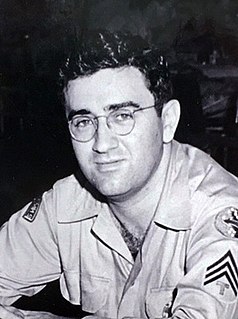
Jerome Siegel, who also used pseudonyms including Joe Carter and Jerry Ess, was an American comic book writer. His most famous creation was Superman, which he created in collaboration with his friend Joe Shuster.

The Question is a fictional superhero appearing in American comic books published by DC Comics. Created by Steve Ditko, the Question first appeared in Charlton Comics' Blue Beetle #1. The character was acquired by DC Comics in the early 1980s and incorporated into the DC Universe.
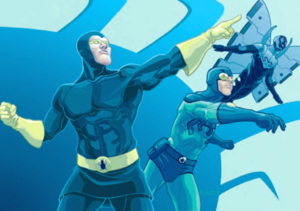
Blue Beetle is the name of three fictional superheroes who appear in a number of American comic books published by a variety of companies since 1939. The most recent of the companies to own rights to the Blue Beetle is DC Comics who bought the rights to the character in 1983, using the name for three distinct characters over the years.

Fawcett Comics, a division of Fawcett Publications, was one of several successful comic book publishers during the Golden Age of Comic Books in the 1940s. Its most popular character was Captain Marvel, the alter ego of radio reporter Billy Batson, who transformed into the hero whenever he said the magic word "Shazam!".
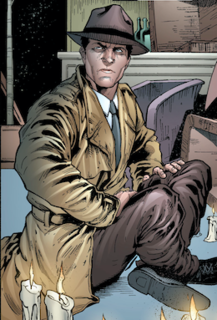
Doctor Occult is a fictional superhero appearing in American comic books published by DC Comics. Created by Jerry Siegel and Joe Shuster, Doctor Occult is an occult detective and private investigator and user of magic who specializes in cases involving the supernatural. Doctor Occult first appeared in 1935 around the Golden Age of Comic Books by National Comics Publications and Centaur Publications within anthology titles making him the earliest recurring originally featured fictional character created by DC Comics still currently used in the DC Universe. He is commonly affiliated with the All-Star Squadron and has appeared occasionally in paranormal related stories by DC and Vertigo Comics titles. As of 2020, Doctor Occult has appeared in a few official tie-in comic books and has appeared in one DC based video game which is established as within DC's multiverse canon.

Showcase is a comic anthology series published by DC Comics. The general theme of the series was to feature new and minor characters as a way to gauge reader interest in them, without the difficulty and risk of featuring untested characters in their own ongoing titles. Showcase is regarded as the most successful of such tryout series, having been published continuously for more than 14 years, launching numerous popular titles, and maintaining a considerable readership of its own. The series ran from March–April 1956 to September 1970, suspending publication with issue #93, and then was revived for eleven issues from August 1977 to September 1978.
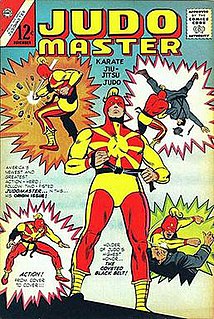
Judomaster is the name given to three fictional superheroes published by DC Comics. The first Judomaster debuted in Special War Series #4 published by Charlton Comics, and was created by Joe Gill and Frank McLaughlin.

Hoppy the Marvel Bunny is a fictional comic book superhero and funny animal originally published by Fawcett Comics as a spin-off of Captain Marvel. He was created by Chad Grothkopf (1914–2005), and debuted in Fawcett's Funny Animals #1. Hoppy later became a property of DC Comics, and has made periodic appearances in stories related to Captain Marvel, today also known as Shazam.

Supergirl is a fictional superhero appearing in American comic books published by DC Comics. The character was created by writer Otto Binder and designed by artist Al Plastino. Supergirl first appeared in a story published in Action Comics #252 titled "The Supergirl from Krypton".
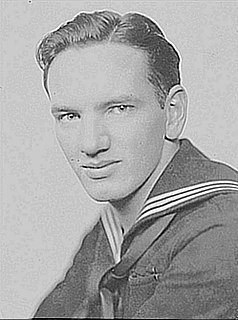
Joseph P. Gill was an American magazine writer and highly prolific comic book scripter. Most of his work was for Charlton Comics, where he co-created the superheroes Captain Atom, Peacemaker, and Judomaster, among others. Comics historians consider Gill a top contender as the comic-book field's most prolific writer. Per historian and columnist Mark Evanier, Gill "wrote a staggering number of comics. There are a half-dozen guys in his category. If someone came back and said he was the most prolific ever, no one would be surprised."
L. Miller & Son, Ltd. was a British publisher of magazines, comic books, and pulp fiction intended primarily to take advantage of the British ban on importing printed matter. Between 1943 and 1966, the firm published British editions of many American comic books, primarily those of Fawcett Comics. They are best known for the 1954 creation of Marvelman – a blatant imitation of the Golden Age Captain Marvel – after America's Fawcett Publications capitulated to National Periodicals. L. Miller & Son also published a large line of Western comics, many reprints but also some original titles.
Rocco A. "Rocke" Mastroserio was an American comic book artist best known as a penciler and inker for Charlton Comics. He sometimes signed his work "Rocke M.," "RM," "Rocke," or "RAM."

Billy the Kid is a Western comic book series published by Charlton Comics, with stories of a fictional character based on the historical Billy the Kid. Taking over the numbering of a previous Western comic, Masked Raider, Billy the Kid was published from issues #9-153. The Billy the Kid character made his first appearance in Masked Raider #6.

The Many Ghosts of Doctor Graves was an American supernatural-anthology comic book published by Charlton Comics, often featuring stories by writer-artist Steve Ditko. The eponymous Dr. M. T. Graves was a fictional character who hosted the stories in each issue of this title, and very occasionally took part in a tale.
Notable events of 1967 in comics. See also List of years in comics.

Western comics is a comics genre usually depicting the American Old West frontier and typically set during the late nineteenth century. The term is generally associated with an American comic books genre published from the late 1940s through the 1950s. Western comics of the period typically featured dramatic scripts about cowboys, gunfighters, lawmen, bounty hunters, outlaws, and Native Americans. Accompanying artwork depicted a rural America populated with such iconic images as guns, cowboy hats, vests, horses, saloons, ranches, and deserts, contemporaneous with the setting.

Fightin' Navy was a bimonthly war comic published by Charlton Comics from 1956–1966, and then again from 1983–1984. Telling fictional stories of the United States Navy, it was a sister title of the other Charlton war comics Fightin' Army, Fightin' Air Force, and Fightin' Marines.

Dan Garret or Dan Garrett is a fictional superhero, appearing in American comic books published by multiple companies, including Fox Comics, Charlton Comics, and DC Comics. Garret was created by Charles Nicholas Wojtkoski, and made his first appearance in Fox's Mystery Men Comics #1 during the Golden Age of Comic Books. Garrett is the first character to become the superhero Blue Beetle, predating Ted Kord and Jaime Reyes.












